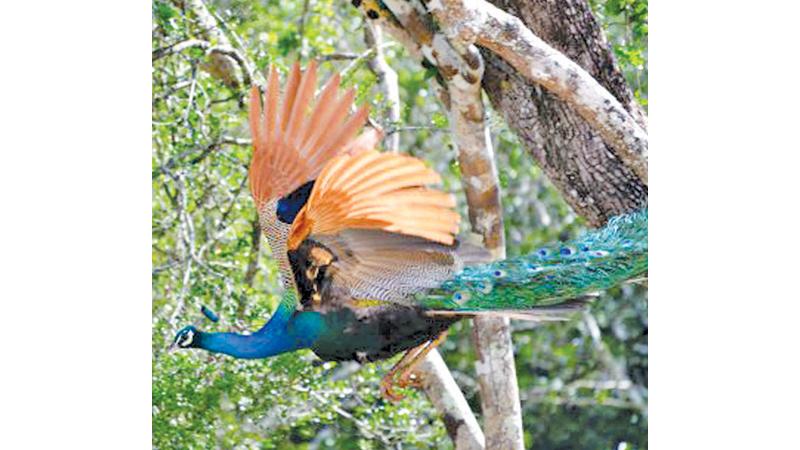
Title: Life - A compendium of biodiversity stories in hospitality
Reviewed by: Vipula Wanigasekera
The author couldn’t have found a better title for the Compendium of biodiversity stories in hospitality which was launched recently.
Life - is a masterpiece that brings to light a heartening and shared role of a group of hospitality industry personnel in conserving biodiversity through responsible tourism and hospitality.
A brilliant piece of work by Niresh Eliyatamby, a versatile personality from corporate communication to management consulting in close association with the hospitality industry.
Sri Lal Miththapala, an expert in sustainable tourism has made a valuable contribution to the compendium on ‘the development of wildlife tourism’. This compendium comes with picturesque photography that perfectly fits into the stories. The credit for such an illustrious design layout goes to Kasun Beranagama.
Life – is dedicated to Director and CEO of Biodiversity - Sri Lanka, Prema Cooray, in appreciation of his pioneering role in sustainable tourism in Sri Lanka over the past several decades.
Tourism was once called a ‘white industry’ with no attempts to measure its effects on environment and socio-culture. However, by the early 90s, the researchers were grappling to find ways and means to reach the triple bottom line at all levels of development with the identification of the pillars of sustainable tourism.
While the liability for pursuing such planning is generally expected to fall on the state sector through laws and regulations, this compendium has attempted to change this perception with the private sector taking an unsung lead since the 90s moving well beyond profit motives culminating in the exposure through - Life.
Tourism and hospitality development are broadly accepted as factors in biodiversity loss and at the same time biodiversity is vital for tourism with coasts, mountains, rivers and forests being major attractions for tourists.
In this regard, Sri Lanka has been in the forefront with core nature-based tourism products including nature treks, observation of flora and fauna, experiencing cultural and local heritage, photography and camping. Sri Lanka could exclusively present itineraries for elephants gatherings, sighting leopards and whale watching.
The compendium relates the true meaning of the conservation of biodiversity in real life beyond books and literature where the business missions of a team of Corporates have directly addressed the concerns emanating from the words of scholar Prof David Macdonald, “Without biodiversity, there is no future for humanity.”
This is a forerunner to setting up an inclusive direction in the promotion of best practices through active learning and understanding mechanisms through a dialogue between State, Civil society partners and the private sector particularly in this Covid -19 period when Sri Lanka is desirous of reaching out to high end tourists, majority of whom are ecofriendly, responsible travelers who would recognize and acknowledge the measures taken to protect Sri Lanka’s fragile environment.
The ‘Life’, in my view, is the first of its kind that gives a direction from the Corporate sector to the authorities, should the State wish to pursue a meaningful tourism sustainable policy in future development work.
It should also be made available in Sri Lankan missions aboard to establish Sri Lanka’s identity in the area of conserving biodiversity for the information of researchers, conservationists, investors, incentive houses and airlines.
Life, thus communicates a strong message to the world that the private sector initiatives have invalidated the term oxymoron that is taught in academic studies in balancing sustainability with development.
